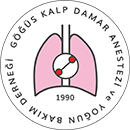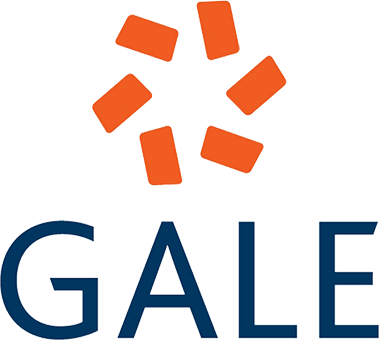

Effect of Brachial Plexus Block on Tissue Oxygenation in Arteriovenous Fistula Surgery: A Randomized Clinical Trial
Tuğçe Topçam1, Mesure Gül Nihan Özden1, Cemal Kocaarslan2, Hasan Koçoğlu11Department of Anesthesiology and Reanimation, Göztepe Prof. Dr. Süleyman Yalçın City Hospital, Istanbul, Türkiye2Department of Cardiovascular Surgery, Istanbul Medeniyet University, Goztepe Prof. Dr. Süleyman Yalçın City Hospital, Istanbul, Türkiye
Objectives: Anesthesia methods have changed tissue blood flow. Near-infrared spectroscopy (NIRS) monitoring shows tissue oxygenation and indirectly blood flow. We aimed to investigate the effects of local infiltrative anesthesia and supraclavicular brachial plexus block on tissue oxygenation and fistula patency in arteriovenous fistula operations.
Methods: Patients operated for arteriovenous fistula were divided into two groups. Group L (n=30) patients received 5% bupivacaine 15 ml local infiltrative anesthesia, while group B (n=30) patients received 0.5% bupivacaine 20 ml + 2% lidocaine 10 ml around the brachial plexus in the supraclavicular region. NIRS measurements of the patients were evaluated from the thenar region of both hands. Surgeon and patient satisfaction were evaluated with the Likert satisfaction rating scale. Patients were questioned for primary patency 1 month after the operation.
Results: NIRS values of the arm with AV fistula were higher compared to values of other arm in group B and values of both arms in group L. Patient and surgeon satisfaction were higher in Group B. Primary fistula patency was similar between groups.
Conclusion: In arteriovenous fistula surgery, tissue oxygenation measured by NIRS monitoring was higher in the extremity with brachial plexus block, but it did not have a positive effect on fistula patency evaluated at 1 month.
Arteriyovenöz Fistül Cerrahisinde Brakiyal Pleksus Blokunun Doku Oksijenasyonuna Etkisi: Randomize Klinik Çalışma
Tuğçe Topçam1, Mesure Gül Nihan Özden1, Cemal Kocaarslan2, Hasan Koçoğlu11Göztepe Prof. Dr. Süleyman Yalçın Şehir Hastanesi, Anesteziyoloji ve Reanimasyon Kliniği, İstanbul, Türkiye2Istanbul Medeniyet Üniversitesi, Göztepe Prof. Dr. Süleyman Yalçın Şehir Hastanesi, Kalp Damar Cerrahisi Kliniği, İstanbul, Türkiye
Amaç: Uygulanan anestezi yöntemleri doku kan akımını değiştirmektedir. Near-Infrared Spectroscopy (NIRS) doku oksijenasyonunu ve dolaylı olarak kan akışını gösterir. Bu çalışmada, arteriyovenöz fistül ameliyatlarında lokal infiltratif anestezi ve supraklaviküler brakiyal pleksus blokunun doku oksijenasyonu ve fistül açıklığı üzerine etkilerinin araştırılması amaçlanmıştır.
Yöntem: Arteriyovenöz fistül için ameliyat edilen hastalar iki gruba ayrıldı. Grup L (n=30) hastalarına %5 bupivakain 15 mL lokal infiltratif anestezi uygulanırken, grup B (n=30) hastalarına supraklaviküler bölgede brakiyal pleksus çevresine %0,5 bupivakain 20 mL+%2 lidokain 10 mL uygulandı. Hastaların NIRS ölçümleri her iki elin tenar bölgesinden değerlendirildi. Likert memnuniyet değerlendirme ölçeği ile cerrah ve hasta memnuniyetine bakıldı. Ameliyattan bir ay sonra hastalardan primer patensileri sorgulandı.
Bulgular: Grup Bde fistül açılan elin NIRS ölçümleri, açılmayan elden ve grup Lnin her iki elinden daha yüksek değerlerdeydi. Grup Bde hasta ve cerrah memnuniyeti daha yüksekti. Primer fistül açıklığı gruplar arasında benzerdi.
Sonuç: Arteriyovenöz fistül cerrahisinde NIRS monitörizasyonu ile ölçülen doku oksijenasyonu brakiyal pleksus bloku uygulanan ekstremitede daha yüksekti, ancak birinci ayda değerlendirilen fistül patensi üzerine olumlu etkisi görülmedi.
Manuscript Language: English
(596 downloaded)

















